Seaweed solution waiting on carbon credit accreditation
It’s the naturally occurring seaweed seen as a frontrunner in the battle to curb methane emissions from livestock, but it is urgent it gains carbon credit recognition within the next two years.
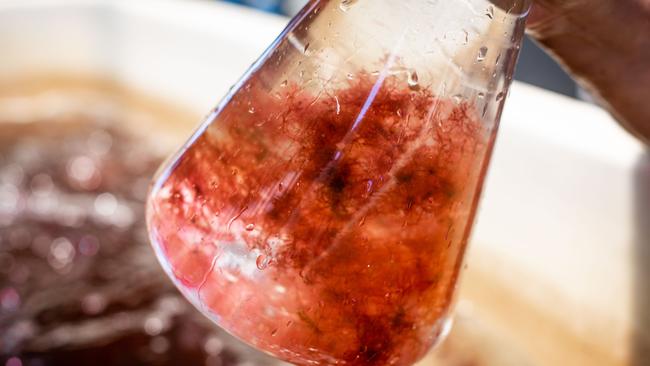
The CSIRO-owned organisation behind the development of a native seaweed as a solution to reducing methane emissions from livestock says it is crucial that a carbon credit scheme is set up by next year to recognise the lower greenhouse gas emissions of producers who lower their methane output.
Research and development groups and governments around the world have pledged $350m for the further development of the red seaweed asparagopsis as a methane combatant and the natural product is seen as a frontrunner in the quest for the global agricultural industry to curb its emissions.
But as yet there is no accepted methodology to quantify how much users of the seaweed are contributing to emission reduction efforts and no way for them to recoup some of their expenses through the Australian Carbon Credit Unit scheme.
Alex Baker, the chief executive officer of FutureFeed, which has the global patent on use of asparagopsis as a methane suppressant, said the industry wanted a methodology worked out by the end of next year.
“The race is on to commercialise solutions to agricultural methane emissions,” Mr Baker said.
“Having the tools to measure and monitor reductions and mechanisms to monetise abatement are critical to adoption and scale.
“Progress is being made by industry on developing a methodology for the Australian Carbon Credit Unit scheme, which the Government will assess and finalise before it can be implemented by the livestock sector, who are very keen to start methane reduction projects on-farm.
“There is a real need for urgency if we are to meet our methane pledge targets and FutureFeed believes that having this new method in place as soon as possible is a crucial step and we’d like to see it prioritised for release in 2025.”
A new report released by FutureFeed on Monday shows that 14 studies around the world have confirmed, at various levels, the methane reducing properties of asparagopsis when it is fed to ruminants like sheep and cattle.
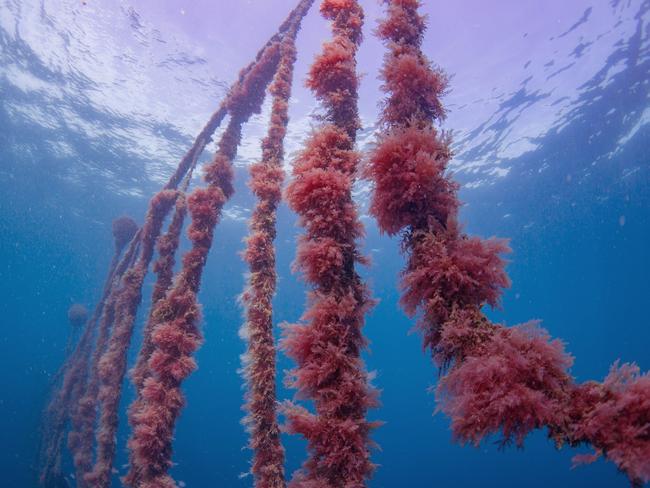
A ping pong ball-sized amount of the dried seaweed fed daily to a cow can reduce its methane emissions by up to 98 per cent.
Some of the studies also found it resulted in increased weight gain in livestock, although this was not confirmed by all the studies, and that the product is safe for animal consumption and the resulting meat and dairy products are safe for consumers.
“A decade of rigorous scientific research has proven asparagopsis is the world’s most effective enteric methane solution. We are supporting our licensee partners to scale up the technology to meet global demand and reduce costs,” Mr Baker said.
“Asparagopsis promises significant benefit to agriculture through reducing greenhouse gas emissions and carbon intensity.
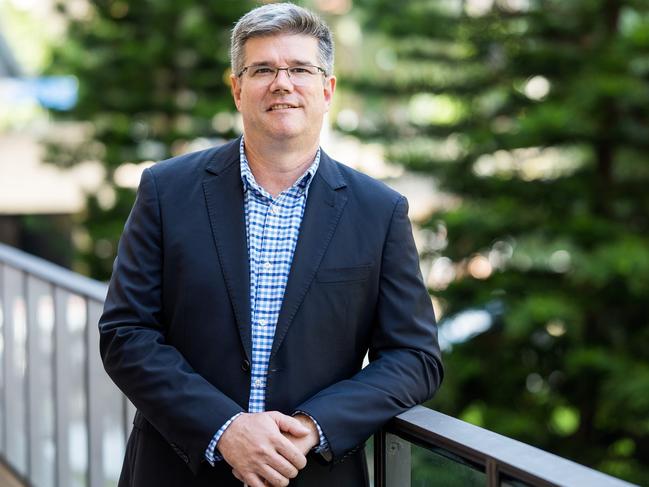
“Benefits extend beyond the livestock and dairy industries. Our licensees are growing and processing seaweed in the regions in which they operate, creating new industries and employment opportunities.”
FutureFeed was set up by the CSIRO in 2020 to market the product, which was developed in conjunction with James Cook University and Meat and Livestock Australia.
So far, nine companies in Australia, New Zealand, United States, Europe and Canada have purchased the rights to sell asparagopsis as a methane suppressant.
CSIRO estimates that if just 10 per cent of livestock producers around the world used asparagopsis, it could reduce emissions by the equivalent of taking 100 million cars off the road.
According to FutureFeed, in 2022, methane emissions produced by burping livestock accounted for 70 per cent of agricultural emissions, 11 per cent of national emissions
and 44 per cent of national methane emissions in Australia.
Under the Albanese government, Australia signed the Joe Biden-led Global Methane Pledge to decrease anthropogenic methane emissions by 30 per cent from 2020 levels by 2030.


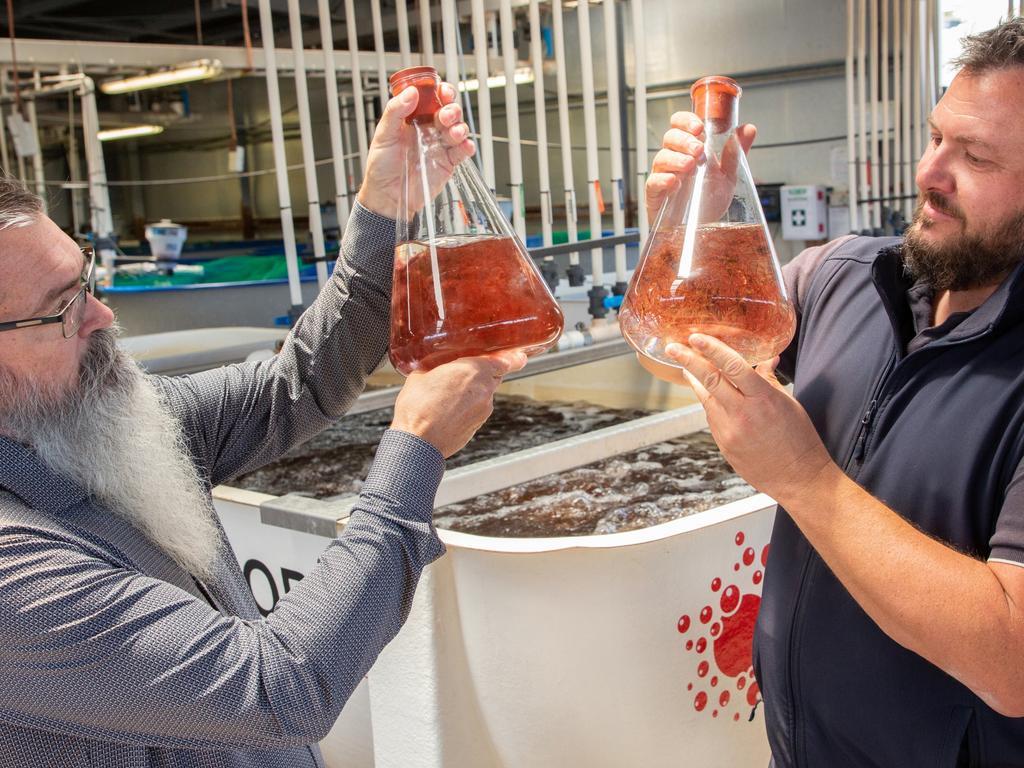


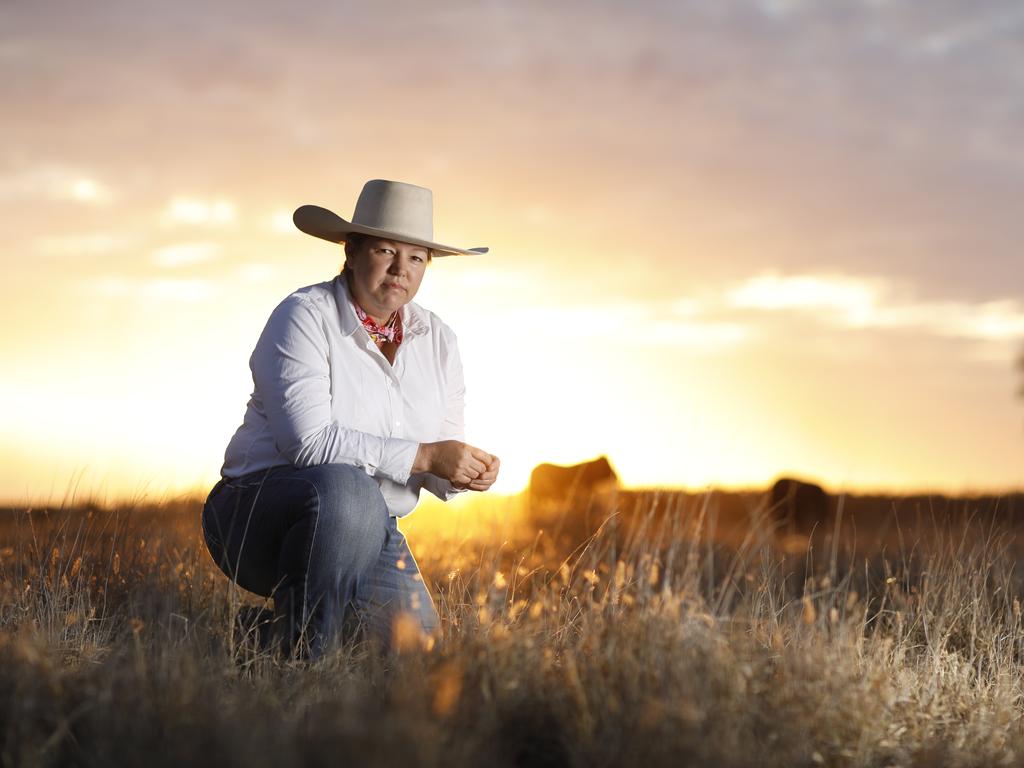


To join the conversation, please log in. Don't have an account? Register
Join the conversation, you are commenting as Logout